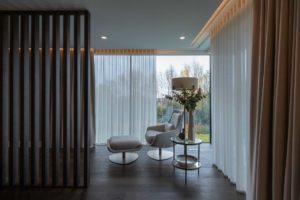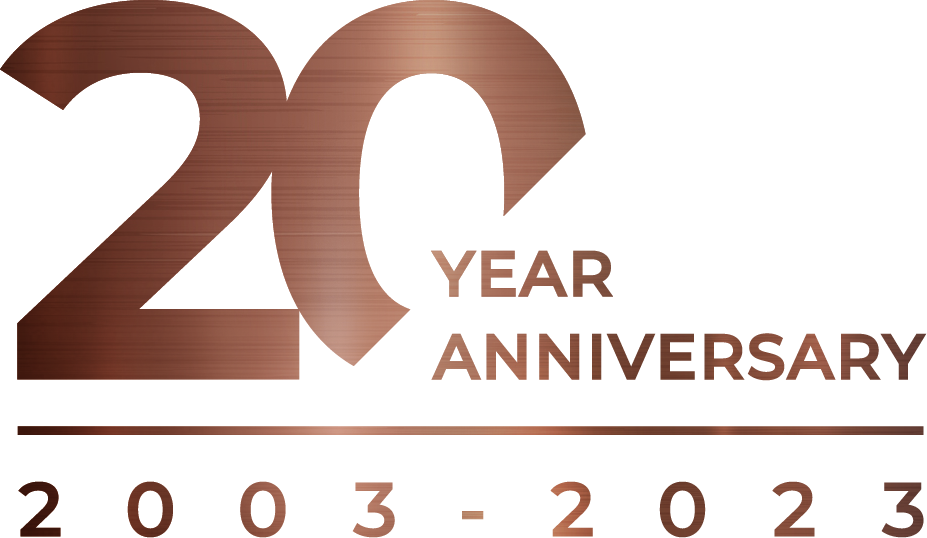When technology is considered at the early design stage, it gives us the opportunity to accommodate certain elements within the fabric of the building for the neatest end result
During the early design stages of a project, architects will be carefully considering every detail of the build, ensuring the finished property looks and performs exactly like it should. With your technology provider appointed at that same early stage, it allows time for detailed design and planning on the technology elements too, so that associated construction work can be carried out, improving performance or the overall aesthetic.
Co-ordinated Design
When floor plan drawings, elevations and cable schematics are co-ordinated with each consultant working on the project, it reduces the risk of issues later down the line. For example, where the equipment racks that will house the technology are to be located, a space can be set aside. Heat outputs for the equipment can then be calculated, with information fed back to the design team, ensuring suitable ventilation or cooling is provided. Your technology partner will also be able to make sure that data networking and remote access provision is made for other consultants’ requirements too.
Aesthetic & Considered Approach
Equipment should be selected that is sympathetic to the building and its interiors, ensuring product materials are suited to the space and specified to deliver the best possible performance from the least obtrusive footprint. Your technology provider should have the ability in-house to work on top of Architect’s drawings, overlaying products, fixing points and construction details. This means that the drawing pack issued to bidding contractors at the tender stage will be more accurate and submittals coming back will be as accurate as they can be. Variations coming in later on in the project can quite dramatically affect budget.
Incorporating Technologies
There are many technologies that when incorporated into the fabric of the building, either perform better or simply look less obtrusive. If televisions are to be recessed into a solid wall, there might be the opportunity to install a lintel which can allow for a deeper recess. That would eliminate the need to build a new timber wall in front of the existing one, which would have reduced the size of the room. The same applies for in-wall speakers too, those can be mounted into purpose-built recesses and in some cases, plastered in for a truly invisible end result. If motorised window treatments are being used, pockets for blinds can be built in above windows to hide the roller completely. For curtain tracks, those can be mounted on the ceiling but within a perfectly proportioned recess for ultimate neatness.
If you are an Architect looking for a technology consultant to assist you on your corporate or residential projects, get in touch with our expert design team today enquiries@cleverass.com




